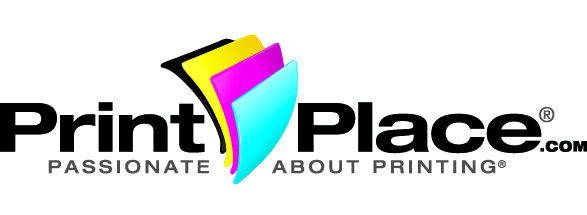5 Tips for Writing a Better Brochure
When it comes to marketing, many companies rely on one or two media like TV and Internet to communicate with customers. But there are plenty of customers that don’t use these types of media or who downright resent companies that get in the way of their leisure pleasure. To create a balanced marketing campaign, you need to use multiple venues to reach customers and prospects. A Web site is important to a marketing plan, but so are magazine ads, postcards, brochures, billboards and other more “traditional” (read: non-techie) marketing materials.
As much as people are on the computer, they still like to have something concrete in their hands when they’re doing business with you. If a company can’t send me a print brochure and a business card, that makes me think it’s not legit and I won’t do business with them. Also, people like the portability of brochures – it can be stashed in a purse to be read later and it doesn’t need any kind of electricity or battery power to run it. Basically, traditional marketing materials are just easier and more convenient to digest at the customer’s leisure.
To help you in your marketing endeavor, I’d like to share 8 tips for writing brochures that will help your brochure catch prospects’ attention and make them your customers.
1. Place a compelling headline and/or photo on the front panel. Too many brochure covers just have a company’s boring logo or the company name on it. That’s not enough to motivate someone to pick up your brochure. Give the reader a benefit or a solution that you know he’s looking for. It’s even better if you have a photo of that benefit or solution to show that you’ve got the goods.
2. Answer your reader’s questions. When deciding what info to include, ask yourself what a new customer would want to know about your business. Write out all the questions and the answers to those questions, and then just delete the questions when you lay out your brochure. A FAQ isn’t a bad idea, but a brochure full of FAQs is not appealing.
3. Tout benefits instead of features. Customers don’t care about features of your product or service; they want to know benefits – “What’s in it for me?” Answer that question in a list format or with some photos so that it’s clear what the customer will get out of using your product. If you aren’t sure what your benefits are, write down a feature and then add the words “which means that” to the end of it to get your benefit. For instance, “This car has a sophisticated airbag system … which means that … you and your kids will be safe in a collision.” That last part is the benefit – what you want to focus on in the brochure.
4. Write like you’re talking to a friend. Academic, formal, dry speak will not make a customer want to buy from you. Use the word “you” a lot to talk directly to the customer. This engages people and encourages them to read on to find out more of what you want to tell them.
5. Include a call to action. On the last panel of your brochure ask for that sale. Ask for the reader to call or visit your Web site to order. Ask the prospect to stop in your store. This is what your brochure has been leading up to, so don’t forget to blatantly tell the reader what you want her to do. And then give her the necessary info to do it. This means including your telephone number, Web site URL or address (and maybe even a small map) to your store. If you don’t tell people how to take the next move, they won’t take any move at all.

PrintPlace’s mission is to provide customers with unparalleled printing services through the knowledge and expertise of its employees.

